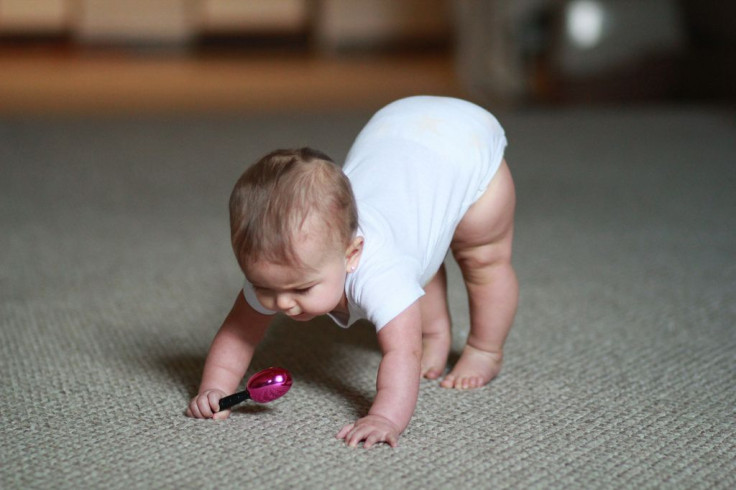Yoga Rising In Popularity Among Holistic Health Practices; Natural Supplements Still On Top

Natural products (non-vitamin, non-mineral dietary supplements) remain the most frequently used complementary health practice among American adults and children since 2007. Meanwhile, massage and relaxation therapies are on the wane, while yoga continues to rise in popularity. So says a new survey from the NIH’s National Center for Complementary and Integrative Health, which found nearly 21 million adults (9.5 percent) and 1.7 million children practicing yoga in 2012. Those numbers are nearly double the figures from 2002.
To identify the most happening trends across the wide spectrum of alternative health therapies, statisticians compared 2012 survey answers to similar data gleaned from questionnaires fielded in 2002 and 2007. Along with discovering an abiding passion for the lotus position, the researchers discovered nearly 21.9 million Americans had gone in for a chiropractic or osteopathic manipulation during the year. Meanwhile, just under 19 million adults and children practiced meditation.

“The survey data suggest that consumers are paying attention to medical evidence and using it to inform their decisions,” said Dr. Josephine P. Briggs in a press release.
So why are so many turning to complementary health practices? Among the leading reasons is the most simple: people are in pain.
Key Facts
The percentage of Americans who use natural products changed very little between 2007 and 2012. Almost 18 percent of adults and about five percent of children used natural products in 2012. Of all products, fish oil was the top natural product for adults, with 7.8 percent using it in 2012. Along with fish oil, use of probiotics or prebiotics, and melatonin increased among adults between 2007 and 2012; in particular, the use of melatonin more than doubled. At the same time, use of glucosamine/chondroitin (often taken for joint pain), echinacea, and garlic decreased between 2007 and 2012.

The increase in yoga occurred across all age, racial, and ethnic groups. Among Americans between the age span of 18 and 44, yoga use nearly doubled since 2002. Meanwhile, usage increased within the age group 45 through 64. Approximately 400,000 more children between 4 and 17 practiced yoga in 2012 than in 2007. One factor that may increase popularity is increased access with industry reports showing a substantial increase in the number of yoga studios across the nation.
One final fact to remember is this: Children who see their parents using a complementary health approach are more likely to use one as well. The downward dog doesn’t fall far from the tree.
Published by Medicaldaily.com



























